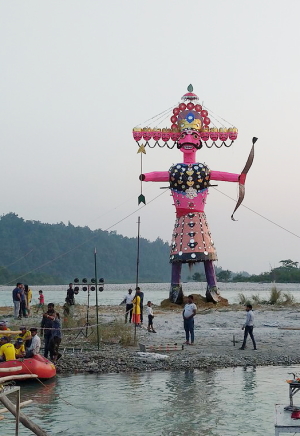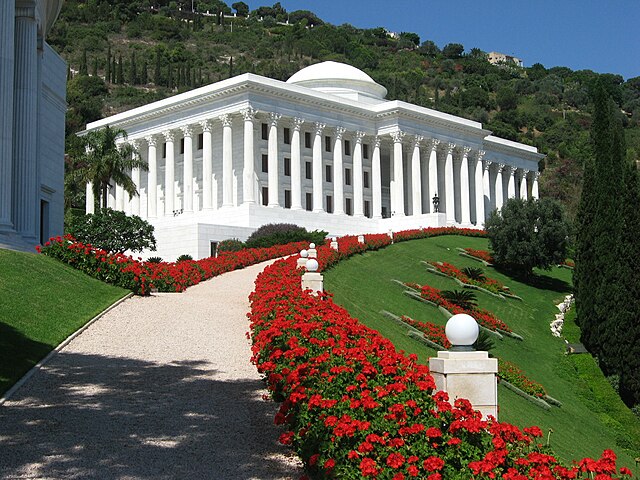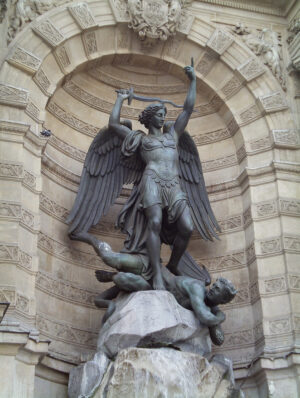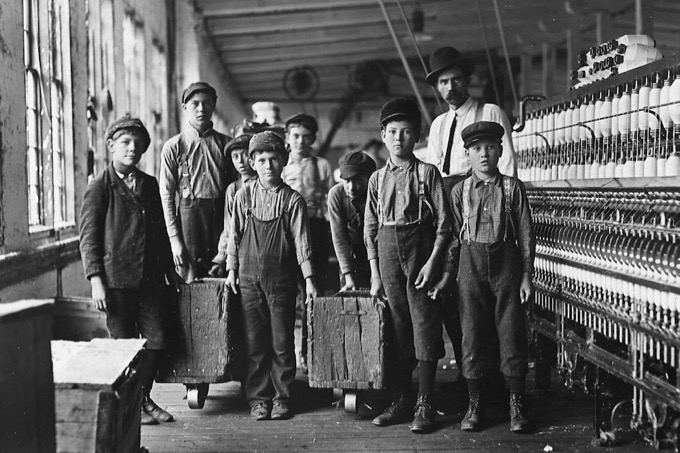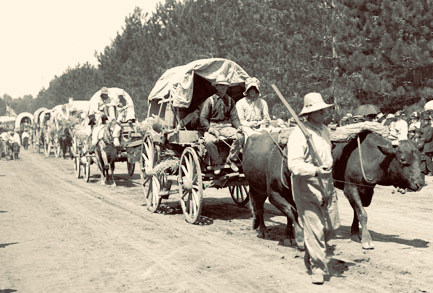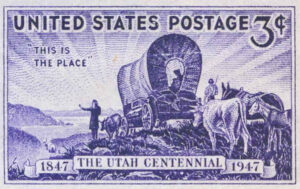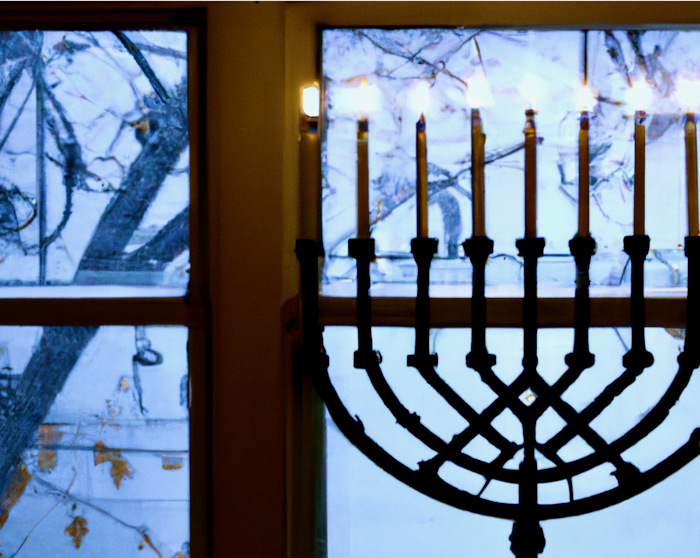 SUNSET THURSDAY, DECEMBER 7: Around the world in the final weeks of 2023, Hanukkah has taken on a solemn resolve to preserve religious freedom—even in the face of a rising tide of antisemitic incidents fueled by the war in the Middle East. Jewish leaders are taking extra steps for safety at public Hanukkah events. Some families will be adding special prayers this year.
SUNSET THURSDAY, DECEMBER 7: Around the world in the final weeks of 2023, Hanukkah has taken on a solemn resolve to preserve religious freedom—even in the face of a rising tide of antisemitic incidents fueled by the war in the Middle East. Jewish leaders are taking extra steps for safety at public Hanukkah events. Some families will be adding special prayers this year.
Within the Jewish calendar, Hanukkah has always ranked as a relatively minor festival—pushed into more prominence by its proximity to Christmas. But this year, Jewish leaders are urging families who may not usually light a menorah to do so this year.
“For those who maybe haven’t lit the menorah in a while, this is the year when each one of our lights is more needed than ever,” Los Angeles Rabbi Chaim Cunin told CBS News this week.
THE MACCABEES AND THE SECOND TEMPLE
Each evening during Hanukkah, Jewish families light candles on a menorah in honor of the Maccabees’ victory over Antiochus IV Epiphanes and the Greeks in the 2nd century BCE.
As the traditional story is retold: Once the Second Temple had been reclaimed from the Greeks, purified and rededicated, there was only enough sacred oil found to burn for one day—but, miraculously, the oil burned for eight days. In celebration, Jews today partake in foods fried in oil, light candles, play traditional games and sing songs.
MENORAH IN THE WINDOW; LATKES ON THE TABLE
Hanukkah is faithfully observed by most Jews with the lighting of candles in a nine-branched Menorah, with one candle for each of the eight nights and one extra candle (the shamash), which is often placed separately from the others. The shamash must be used for “practical” purposes, so that the remaining candles may be used solely for publicizing the miracle of the oil.
During Hanukkah, families often enjoy playing a game of dreidel. The four-sided spinning top that is the centerpiece of the game has a Hebrew letter imprinted on each of its sides. The letters are an acronym for “A great miracle happened there.” Candies, money or chocolate gelt (coins) are often wagered in a game of dreidel.
Meanwhile, the sound of spattering, hot oil fills the Jewish kitchen, as devotees cook latkes (potato pancakes), sufganiyot (doughnuts) and other deep-fried foods.
NOT CHRISTMAS: The 8-day Jewish festival of Hanukkah is not like Christmas. For example, far-flung Jewish relatives don’t rush home for these holidays as Christian families migrate for Christmas day. However, the whole point of lighting the Hanukkah candles, each night, is to remember connections stretching back thousands of years. Often, parents and their children enjoy the ritual together to establish this tradition for future generations.
With this article from Forbes, learn more about the major differences between Hanukkah and Christmas, as well as five ways to rethink religious inclusion in the workplace during this season.
HANUKKAH: AN AUTHOR’S PERSPECTIVE
In her inspiring book, This Jewish Life, Debra Darvick writes dozens of true stories about Jewish men and women experiencing the seasons in Judaism. In one section of her book, she explains the basics about Hanukkah’s commemoration:
“In 167 BC, Antiochus decreed the practice of Judaism to be an offense punishable by death. The Temple was desecrated, and the Syrians went so far as to sacrifice pigs in the Temple. A Jew named Mattathias and his five sons began a revolt not only against Antiochus, but against the Jews who were quite willing to take on the ways of the majority population and jettison Jewish practice. Three years later, the Maccabees, as the Jewish fighters were known, and their followers, were victorious and the Temple was once again in Jewish hands.”
She further explains:
“According to Jewish tradition, when the Temple was finally cleansed for re-dedication, there was but a single day’s supply of ritually pure oil for the everlasting light that hangs in every synagogue as a symbol of God’s ever-presence. Miraculously, the oil lasted for eight days, the time needed to press and ritually purify additional oil.”
RECIPES, CRAFTS, TABLESCAPES & MORE
Tired of the same latkes? Food Network offers 15 different latke recipes.
For kids, try this craft: a paper menorah, with instructions courtesy of HGTV.
Adults can craft, too! Make a gilded menorah from an animal figurine—learn how at HGTV.com. Or, craft a gelt centerpiece, with instructions here.
Experts claim that tie-dye is one of the decade’s biggest trends, and HGTV has a tutorial on how to set a tie-dye Hanukkah tablescape, complete with napkins, a runner and candles.
Find a DIY for Hanukkah confetti poppers, here.
